Categories
Opening Soon!
Submitted: Jan. 29, 2021, 1:52 p.m.
We're excited to say that the Garden is opening back up February 1st. We've missed you and can't wait to have you back!
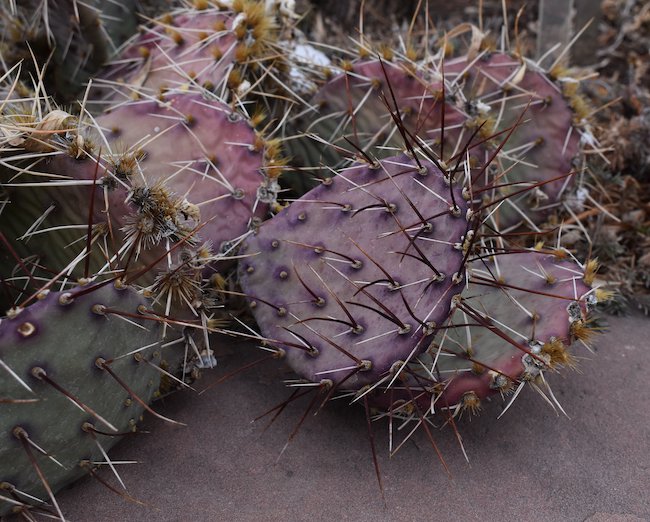
Copper Spine Pricklypear Opuntia littoralis var. martiniana
These pricklypear pads display beautiful color in the winter.
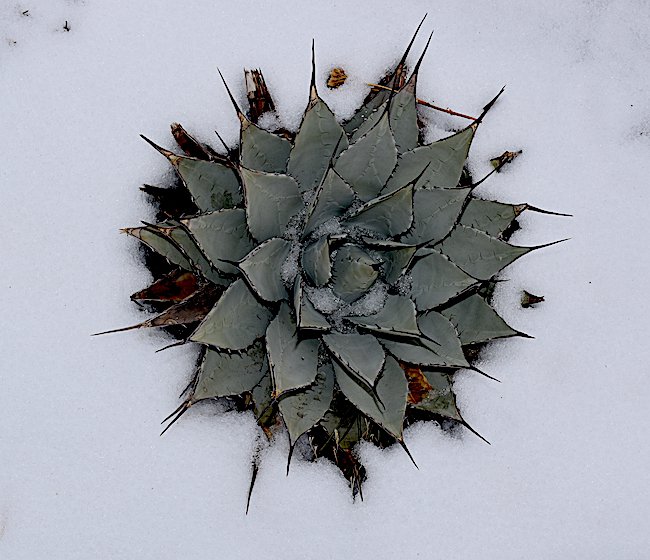
New Mexico Agave Agave parryi var. neomexicana
The contrast of agave against the snow is stunning.
Winter creates a wonderful time to learn how to identify conifers. Looking at the leaves and their arrangement will give you a lot of information. I have included some simple play on words to help remember.
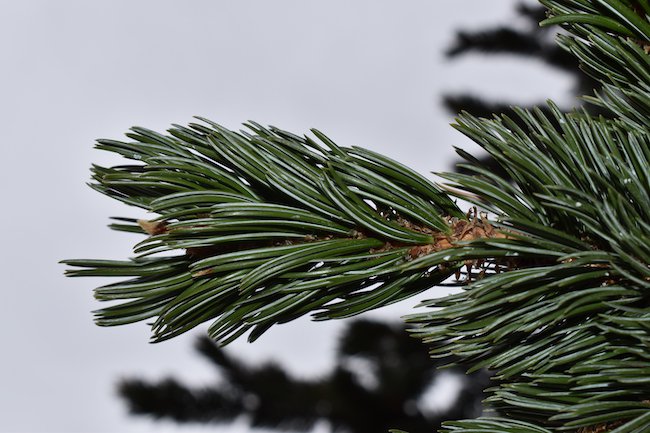
Bristlecone Pine Pinus aristata
Pinus species can be distinguished by their needles which are clumped together in groups, known botanically as fascicles. The number of needles in each fascicle will help you determine which species you are looking at. This Utah native species has 5 needles per fascicle.
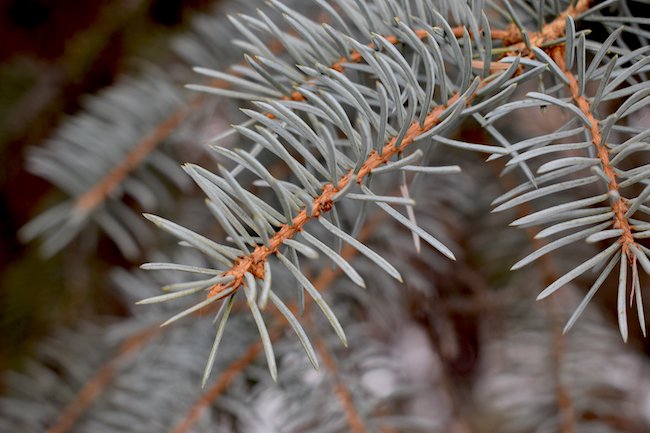
Colorado Blue Spruce Picea pungens
Spruce needles do not grow in groups, they are single needle. A way to distinguish spruces is to remember that spruce starts with the letter 'S'. Spruce leaves are 'Spiky'. The needles have a pointed tip and are sharp to the touch. Spruce leaves are 'Square' in cross section. You will be able to roll the needle between your fingers. Spruce bark is 'Scaly'. With age, spruce trees bark becomes rough and scaly.
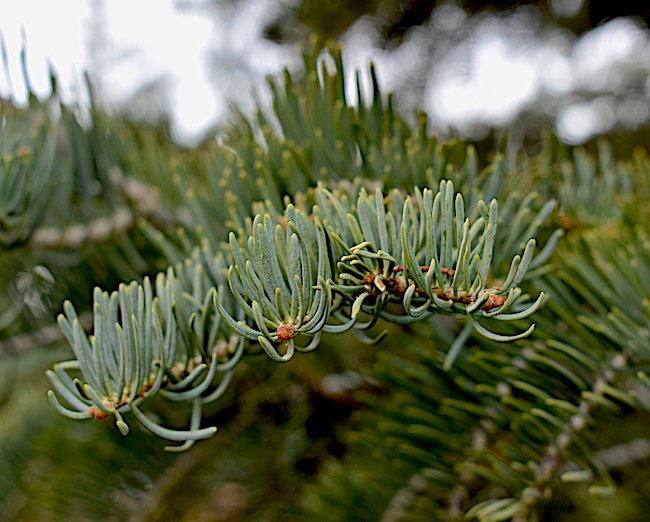
White Fir Abies concolor
Firs are also single needle. Firs start with an 'F' and their needles are 'Flat' in cross section. You will not be able to roll the needle between your fingers easily. The needles are softer to the touch than spruce, hence firs are 'Furry'.
We look forward to seeing you in February!
Photos by Heidi M. Simper